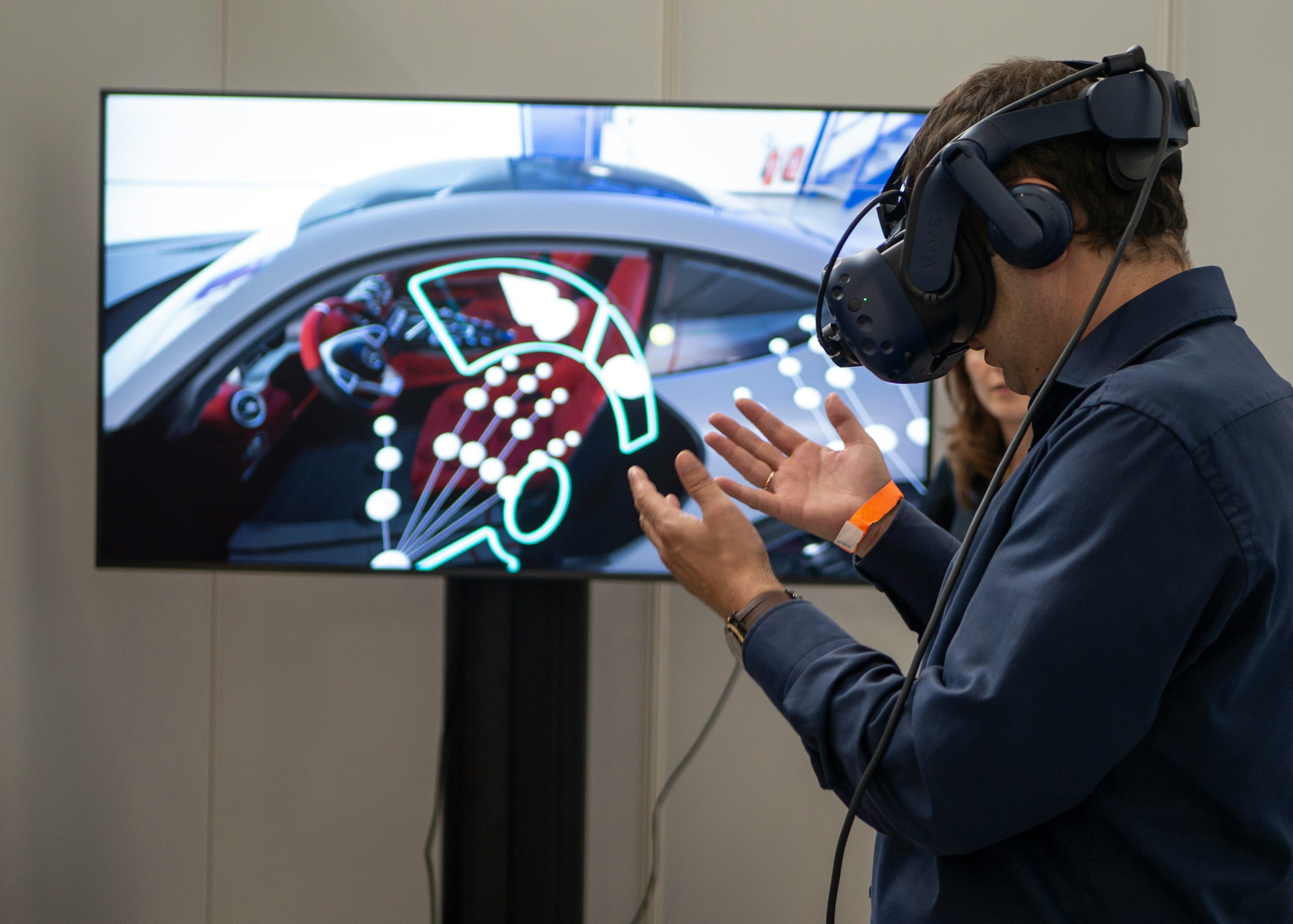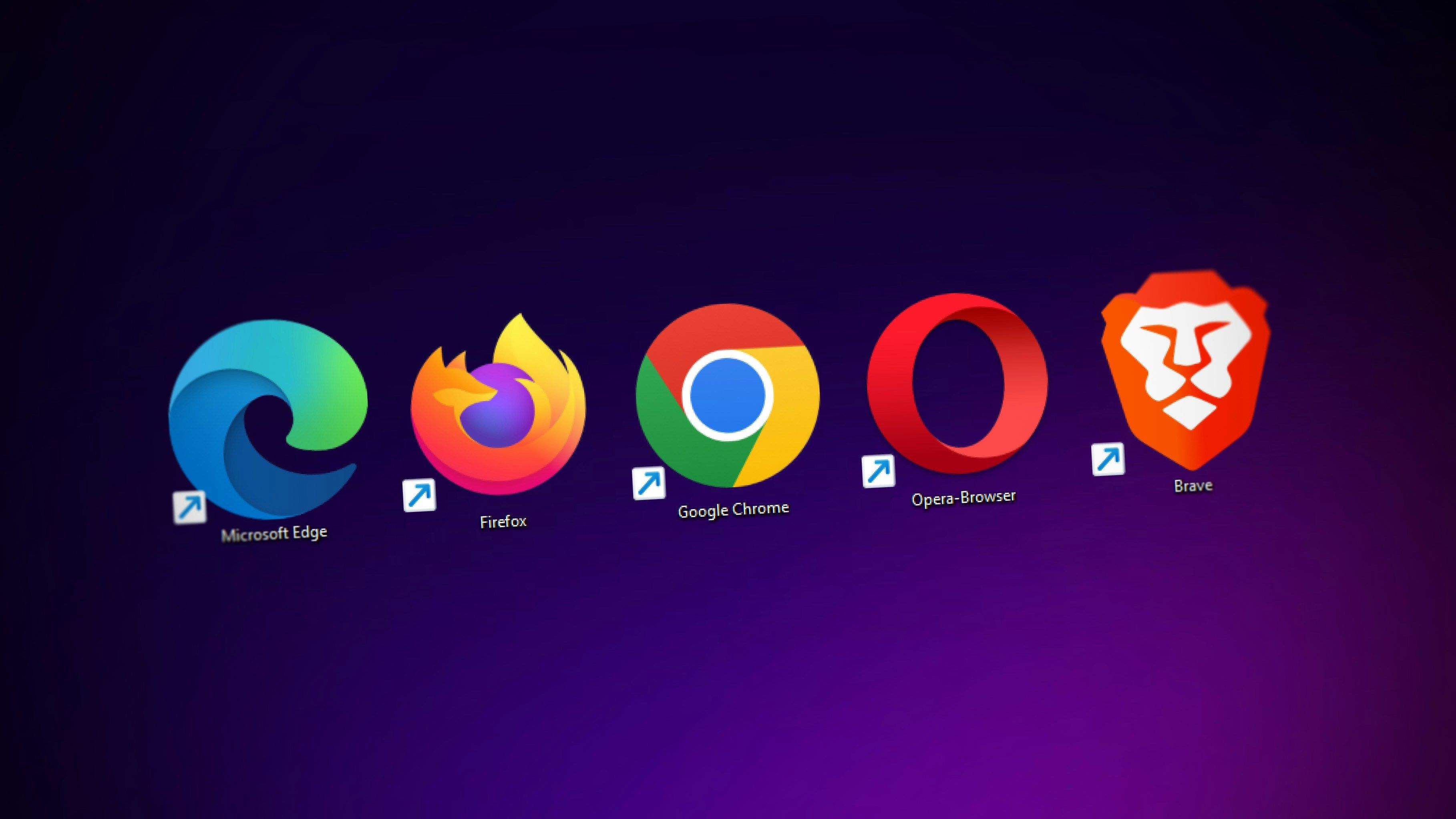Beyond the Game: How Extended Reality (XR) is Quietly Revolutionizing Our Daily Lives
When you hear "Extended Reality" (XR), your mind probably jumps to immersive video games or futuristic sci-fi movies. While gaming has certainly been a major driver of XR technology, which encompasses Virtual Reality (VR), Augmented Reality (AR), and Mixed Reality (MR), its true frontier lies far beyond entertainment. XR is steadily weaving itself into the fabric of our everyday routines, transforming how we work, learn, and even heal.
This technological evolution promises a future of deeper collaboration, more engaging education, and more effective healthcare. However, the path to widespread adoption is paved with significant challenges, from intuitive user experience (UX) design to overcoming hardware and cost barriers. This article will explore the practical applications of XR in our daily lives, the hurdles it currently faces, and the incredible potential it holds for a more integrated physical and digital world.
Redefining the "Office": XR in Remote Work
The rise of remote work has highlighted the need for more effective and engaging collaboration tools. While video calls have become the norm, they often lack the sense of presence and interactivity that fosters true teamwork. XR is stepping in to bridge this gap. Imagine attending a virtual meeting where colleagues from around the globe appear as avatars in a shared digital space.[1] This isn't just a gimmick; it's about fostering a deeper sense of connection and collaboration.
In fields like architecture and design, XR is already proving to be a game-changer. Architects can now use VR to create full-scale virtual models of buildings, allowing clients to walk through a space before a single brick is laid.[2][3] This not only enhances the design process but also streamlines client feedback and decision-making. Similarly, engineers can use AR to overlay digital prototypes onto physical machinery, facilitating real-time adjustments and improvements.[4]
The Classroom of the Future: Immersive Learning with XR
Education is another area where XR is making significant inroads, offering students immersive and interactive learning experiences that were once impossible. Imagine a history class where students can virtually explore the ancient pyramids or a biology lesson where they can dissect a virtual frog.[1][2] This hands-on approach can dramatically improve knowledge retention and understanding.[2][5]
Beyond traditional classrooms, XR is revolutionizing professional training. Medical students can now practice complex surgical procedures in a risk-free virtual environment, honing their skills before ever entering an operating room.[2][3][5] This not only improves patient outcomes but also makes medical training more accessible and scalable.[6] Similarly, pilots can undergo emergency simulations in VR, and technicians can receive step-by-step AR guidance for complex repairs.[1]
A New Vision for Healing: XR's Impact on Healthcare
The applications of XR in healthcare are both profound and diverse. In addition to surgical training, XR is being used to enhance patient care in a variety of ways:
Pain Management: VR is proving to be an effective tool for distracting patients from pain and anxiety during medical procedures.[5][7] Immersive virtual environments can help patients, especially children, cope with discomfort.[5]
Mental Health Therapy: XR is being used in exposure therapy to treat phobias, anxiety, and PTSD in a safe and controlled virtual setting.[7]
Remote Consultations: XR technologies are facilitating more effective remote healthcare.[8] Unlike standard video calls, VR can create an immersive environment where patients and clinicians can connect as if they were in the same room, which is especially beneficial for those in remote or underserved areas.[7][8]
Surgical Assistance: AR can overlay 3D images of a patient's anatomy directly onto a surgeon's view during an operation, providing crucial information without the need to look away at a screen.[5][8]
The Hurdles to an XR-Integrated World: UX and Adoption Barriers
Despite the immense potential of XR, several significant challenges are hindering its widespread adoption.
User Experience (UX) Design Challenges:
Designing for XR is a whole new ballgame compared to traditional 2D interfaces. The transition to 3D, interactive spaces introduces a new set of complexities:
Intuitive Interaction: What feels natural in the real world doesn't always translate seamlessly into a virtual one. Designers are still establishing conventions for basic interactions like selecting objects or navigating menus in a 360-degree space.[9][10]
User Comfort: Prolonged use of XR devices can lead to physical discomfort, motion sickness, and cognitive fatigue.[11][12] Designing experiences that are both engaging and comfortable is a critical challenge.
Directing Attention: In an immersive environment, it can be difficult to guide a user's focus. Designers must find subtle yet effective ways to direct attention to important information or interactive elements.[10]
Hardware and Adoption Barriers:
Beyond design, there are practical hurdles to overcome:
High Costs: The price of high-quality XR headsets and the powerful computers needed to run them can be a major barrier for both consumers and businesses.[11][13][14]
Bulky Hardware: Many current XR headsets are heavy and cumbersome, limiting their comfort and practicality for extended use.[11][15]
Lack of Content: While growing, the library of practical, non-gaming XR applications is still relatively limited, which can deter potential adopters.[15]
Technical Complexity: Setting up and using XR systems can be a complex process, requiring specialized skills that many businesses and individuals lack.[13]
The Dawn of a More Immersive Tomorrow
The road to a future where XR is seamlessly integrated into our daily lives is still under construction. However, the progress being made in remote work, education, and healthcare is a clear indication of its transformative potential. As hardware becomes more affordable, comfortable, and powerful, and as designers continue to refine the language of immersive user experiences, we can expect to see XR move from the fringes to the mainstream.
The next frontier of XR is not about escaping reality, but about enriching it. It's about creating a world where distance is no longer a barrier to collaboration, where learning is an adventure, and where healthcare is more effective and accessible for everyone. The journey has just begun, and the possibilities are virtually limitless.


